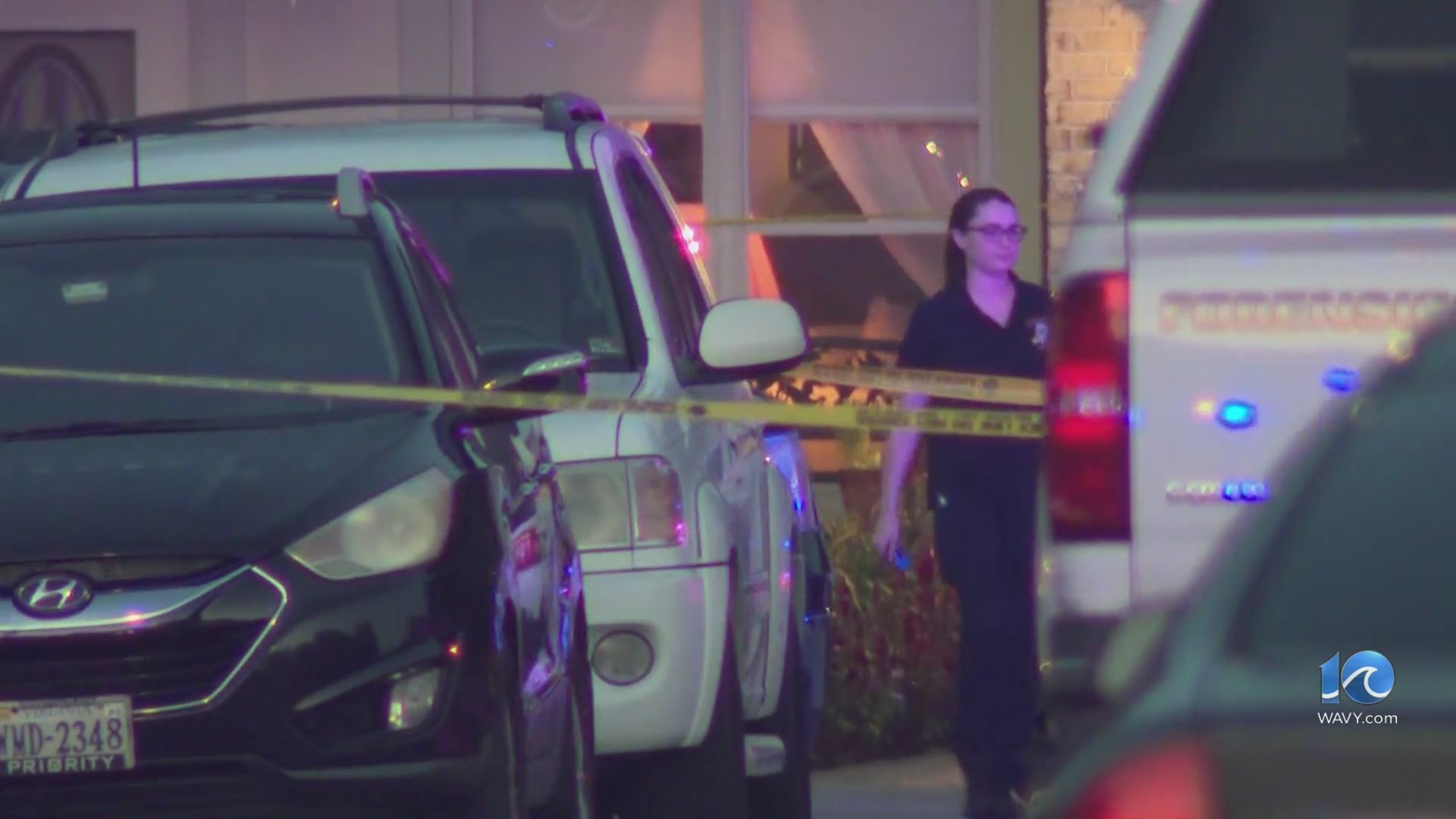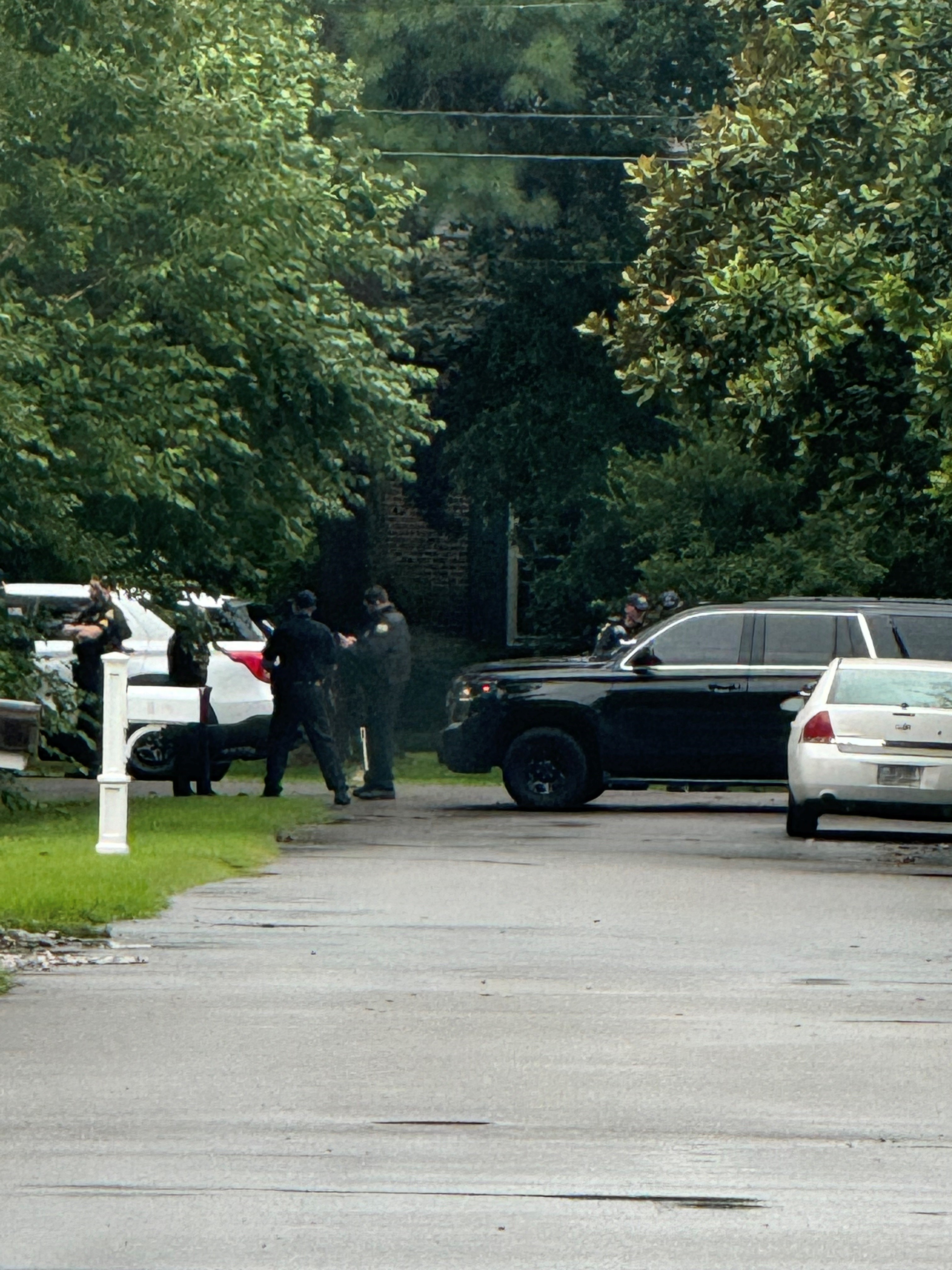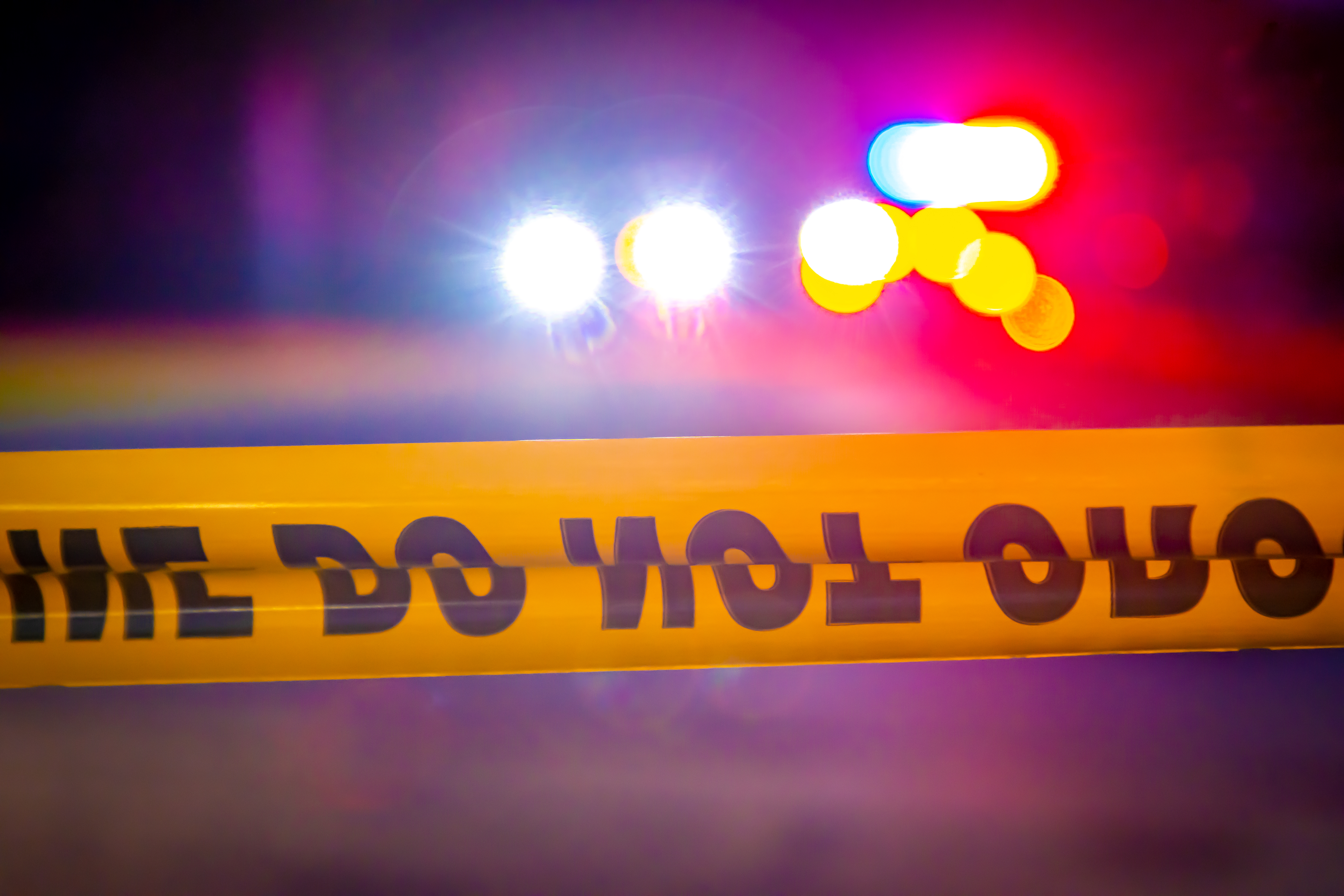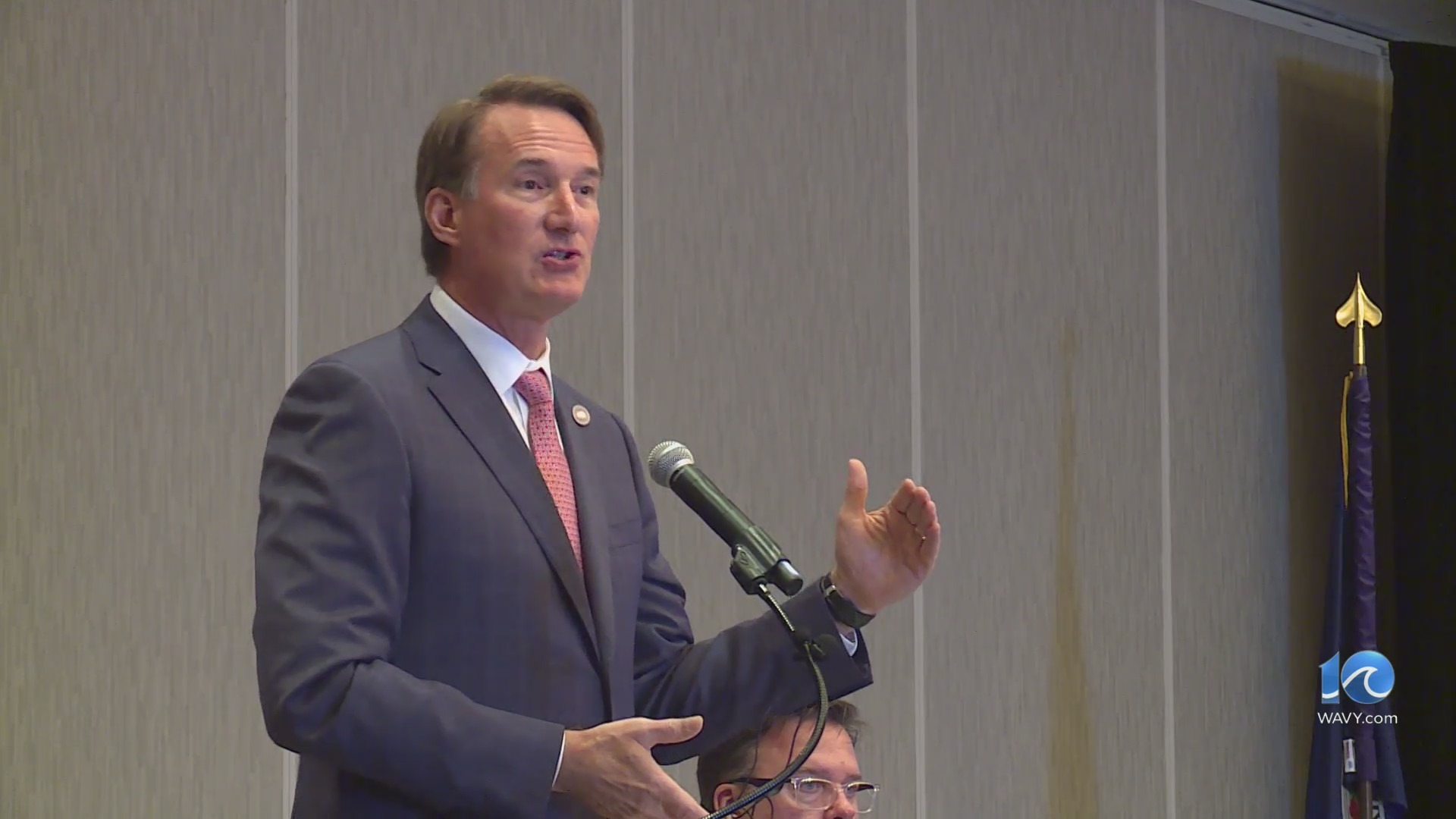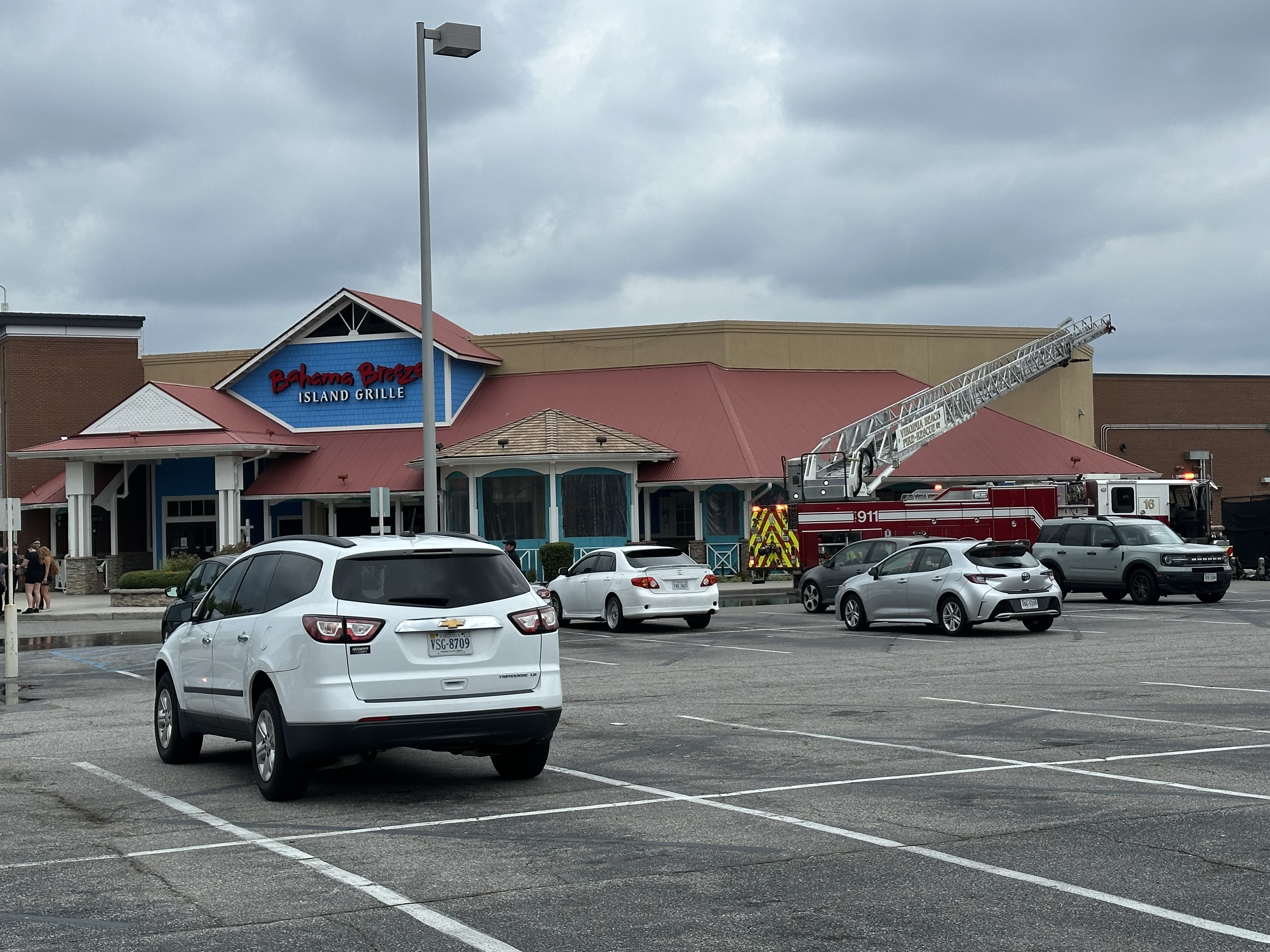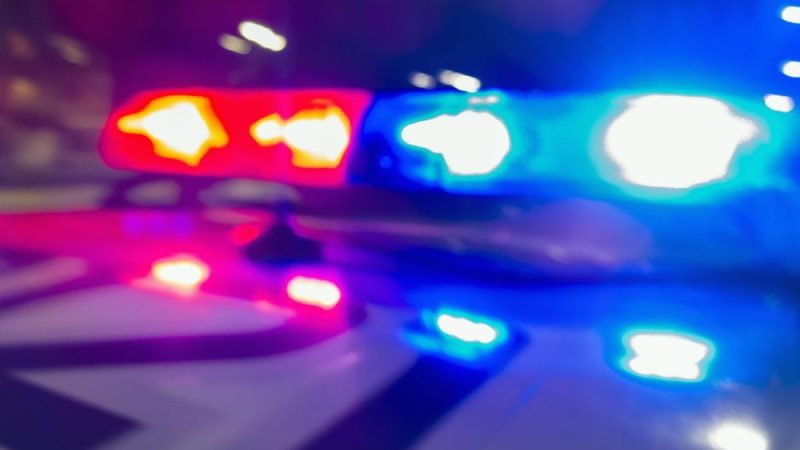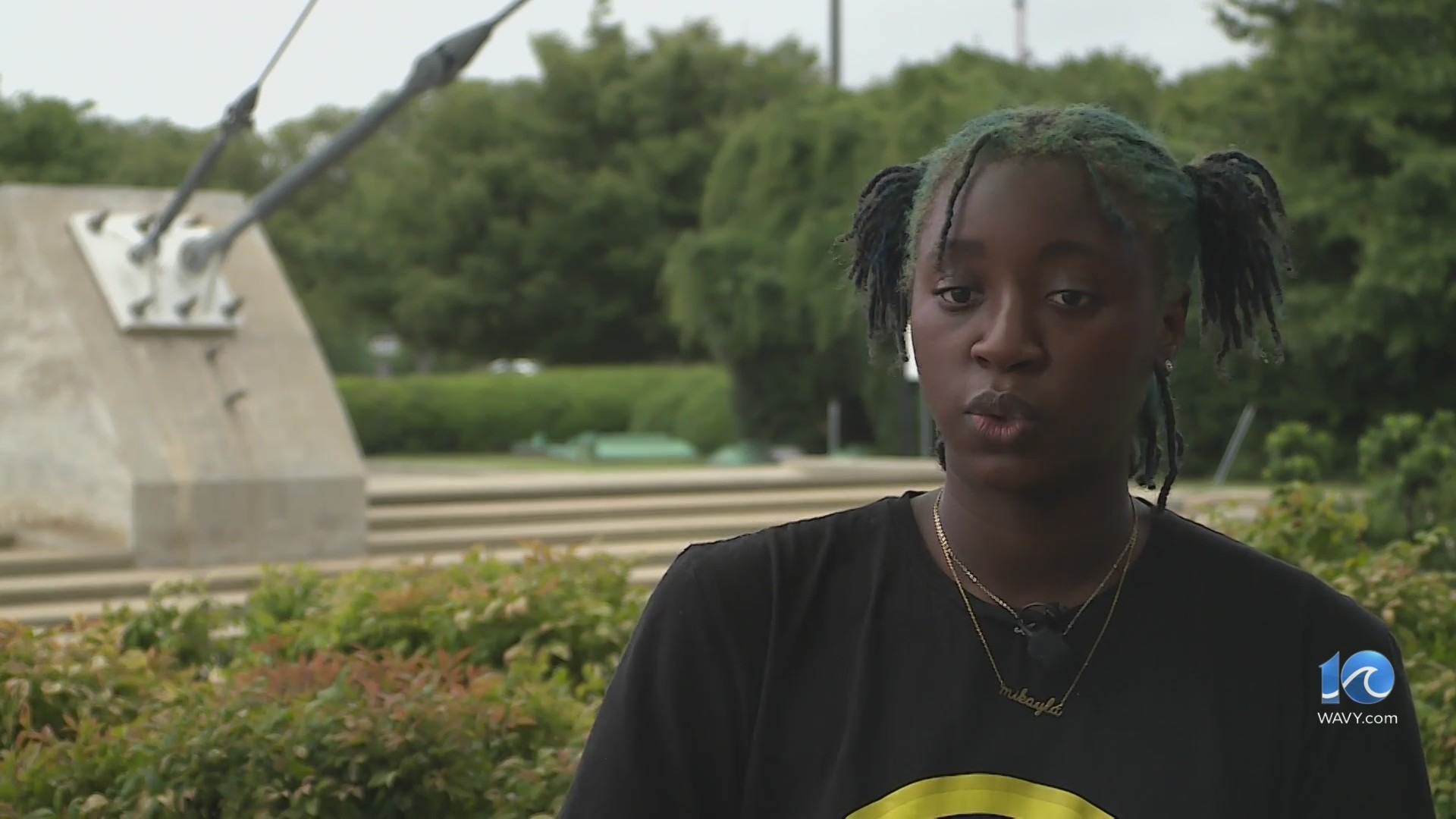NEW YORK (WPIX) — While breast cancer is most commonly found in women, the disease doesn’t entirely exclude men.
About one out of every 100 breast cancer cases in the United States is diagnosed in a male, according to the Centers for Disease Control and Prevention. It’s estimated that there will be almost 2,700 new male cases in this country this year. That figure has increased in recent years.
Oncologist Dr. Adriana Suarez-Ligon believes the number of cases has increased because more attention is being given to male breast cancer and men are becoming more conscious of self and doctor examination.
Jim Keegan of Bergen County, New Jersey expressed “shock and disbelief” back in 2013 when his wife felt a small lump under his skin.
“It was something hard and the size of a pea,” he told WPIX. “We went to our physician and he too didn’t like what he felt and said we should have a mammogram.”
A biopsy confirmed Keegan had breast cancer. He had a mastectomy and eight years later, he remains in remission.
The most common kinds of breast cancer in men are the same kinds in women: Invasive ductal carcinoma, in which the cancer cells begin in the ducts and then grow outside the ducts into other parts of the breast tissue. According to breastcancer.org, this type makes up about 80% of all breast cancers.
Other types include invasive lobular carcinoma, which occurs when cancer cells begin in the lobules and then spread from the lobules to the breast tissues that are close by. Additionally, ductal carcinoma (DCIS) is a breast disease that may lead to invasive breast cancer.
Dr. Robert Bard, a Manhattan radiologist, uses advanced 3D ultrasound technology for early detection of breast and other forms of cancer.
He says his procedure is more efficient than a mammogram, which he says “requires squeezing the breasts in between plates for two pictures on each side.”
“With my machine, I put this probe directly over the lump and see the picture immediately,” he said.
In the past few years, Bard has used his procedure to detect breast cancer in a number of men, including a few 9/11 first responders.
Suarez-Ligon says she’s not surprised since “exposure to toxins and extra chemicals can be an extreme risk factor for breast cancer.”
Research continues to determine other risk factors such as genetics, diet and lifestyle and the impact they may have on the development of breast cancer. Suarez-Ligon said body awareness is important.
“If you notice that there is a growth in one side of your chest versus the other, and it’s firm under the nipple, have it checked by a doctor,” she advises men.
Additionally, she said to look for skin changes or nipple discharges that are abnormal.
Keegan suggests that men “ask a physician to examine your breast at your annual physical and if something is there take action right away.”
Oncologists note that early detection is the key to survival. Because the chances of a man getting breast cancer are so rare, most men neglect to examine themselves or ask a doctor to do so.
How to do a self-exam:

For additional information about male breast cancer visit:
- American Cancer Society: Cancer.org
- Male Breast Cancer Coalition: https://malebreastcancercoalition.org/
- Dr. Robert Bard: www.mbcscan.com
Download the WAVY News App to keep up with the latest news, weather and sports from WAVY-TV 10. Available in both the Apple and Google Play stores.


